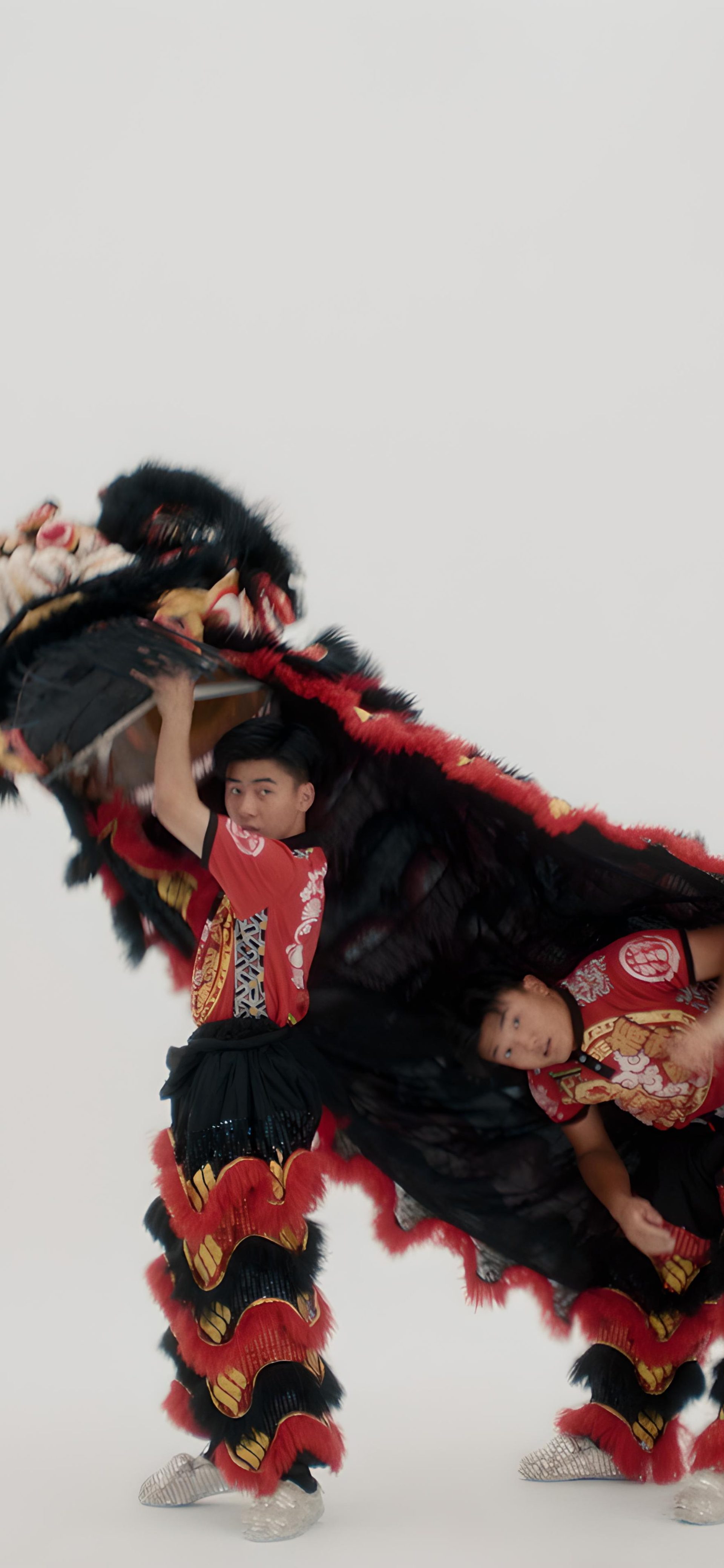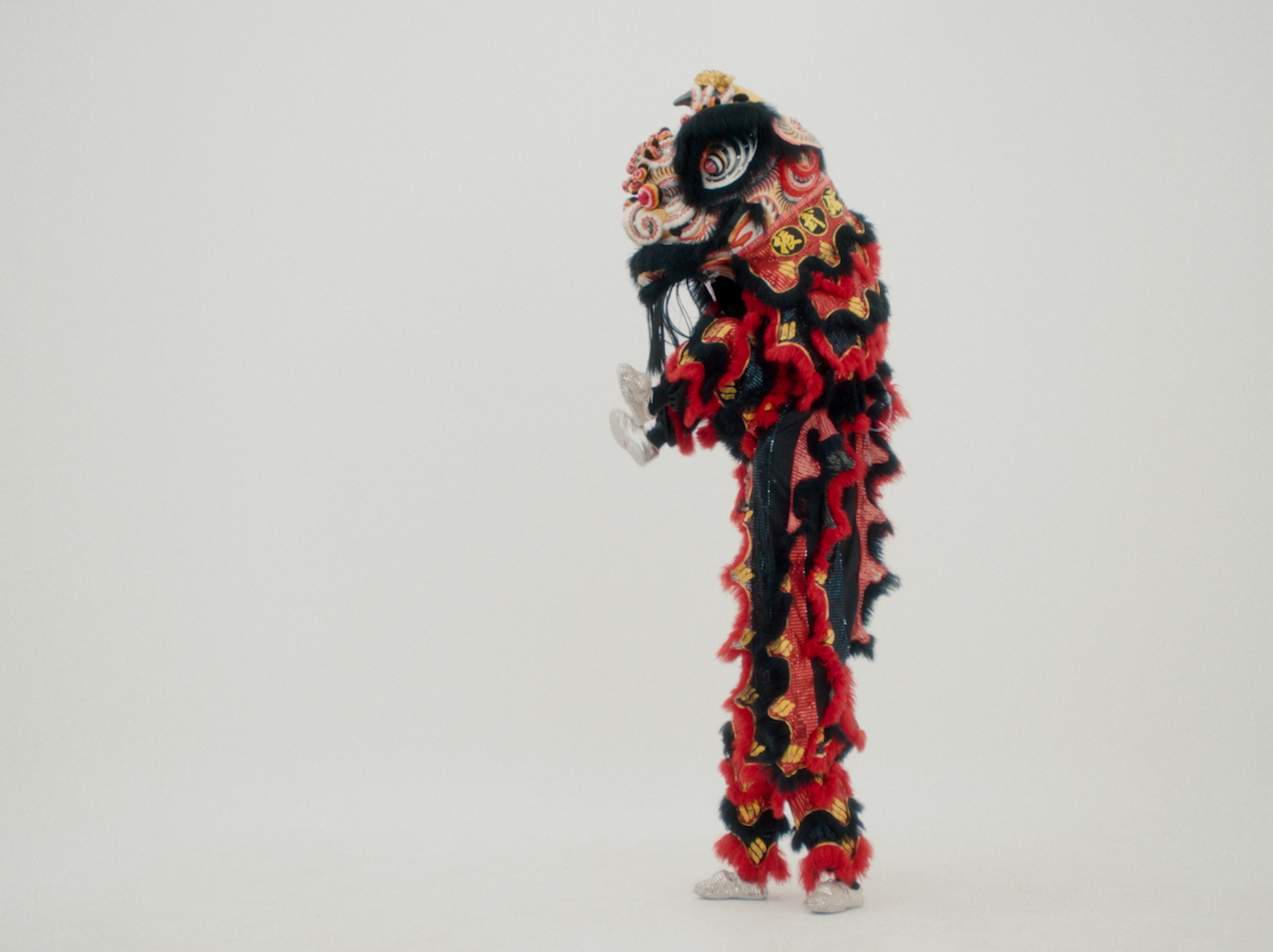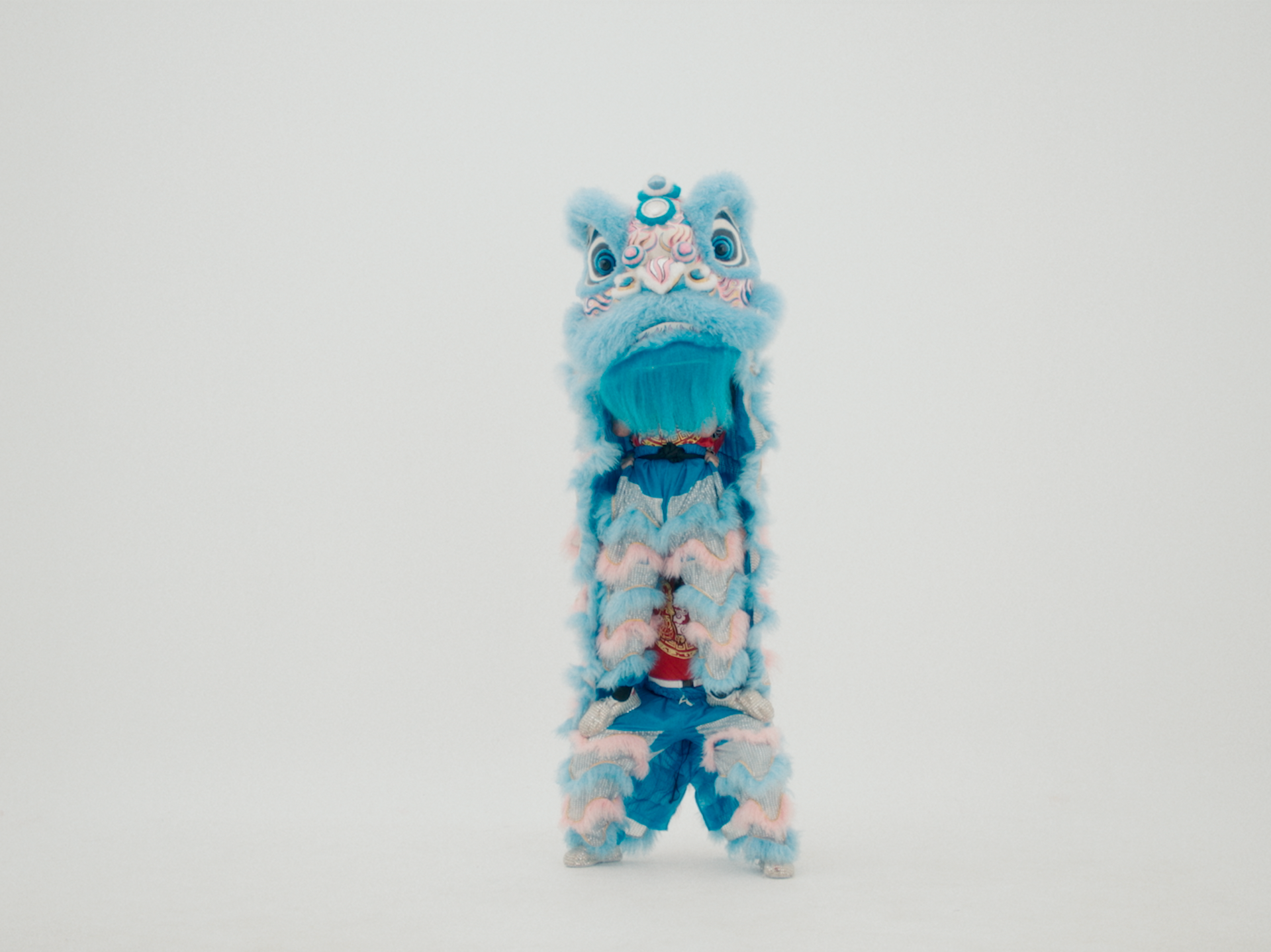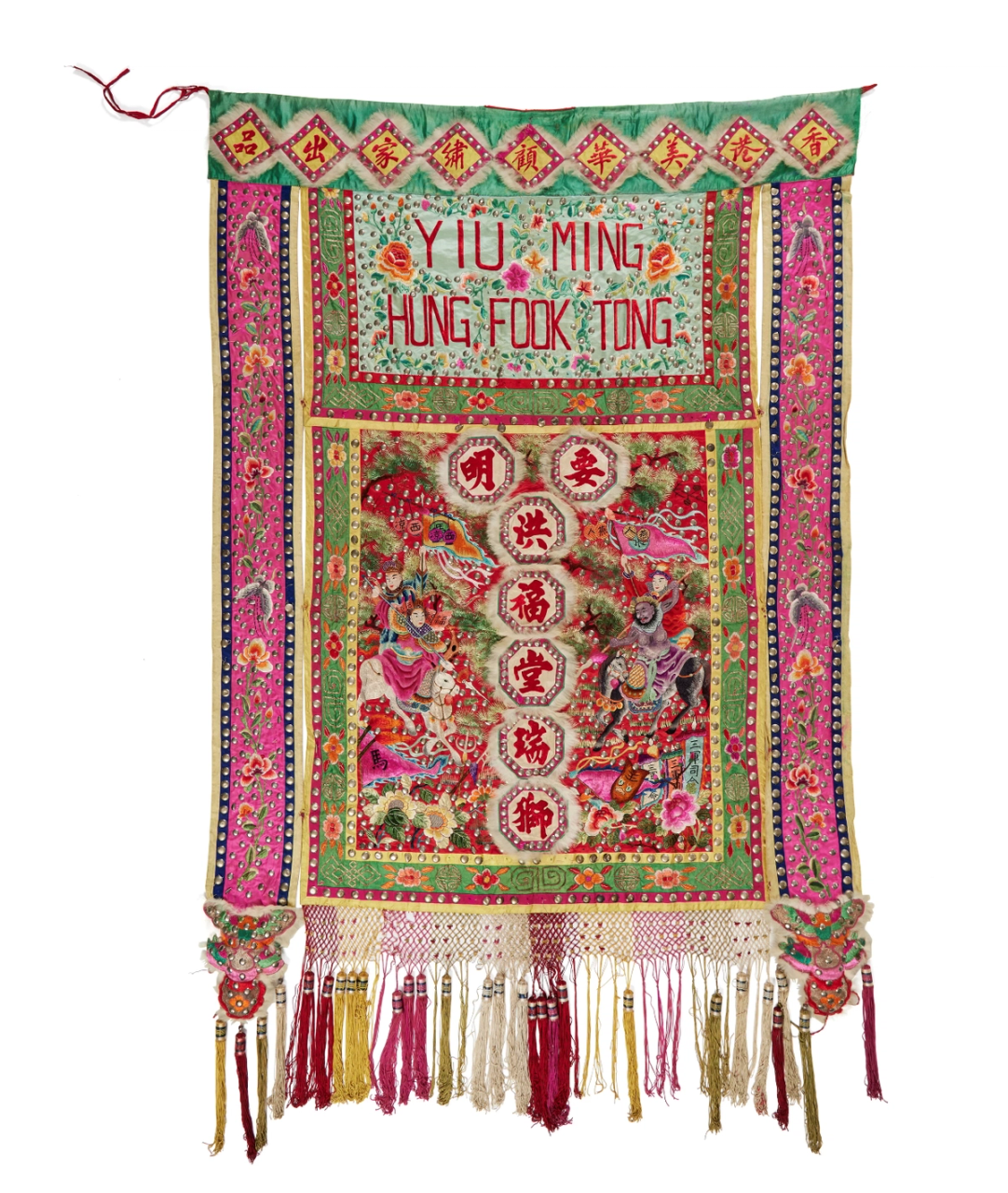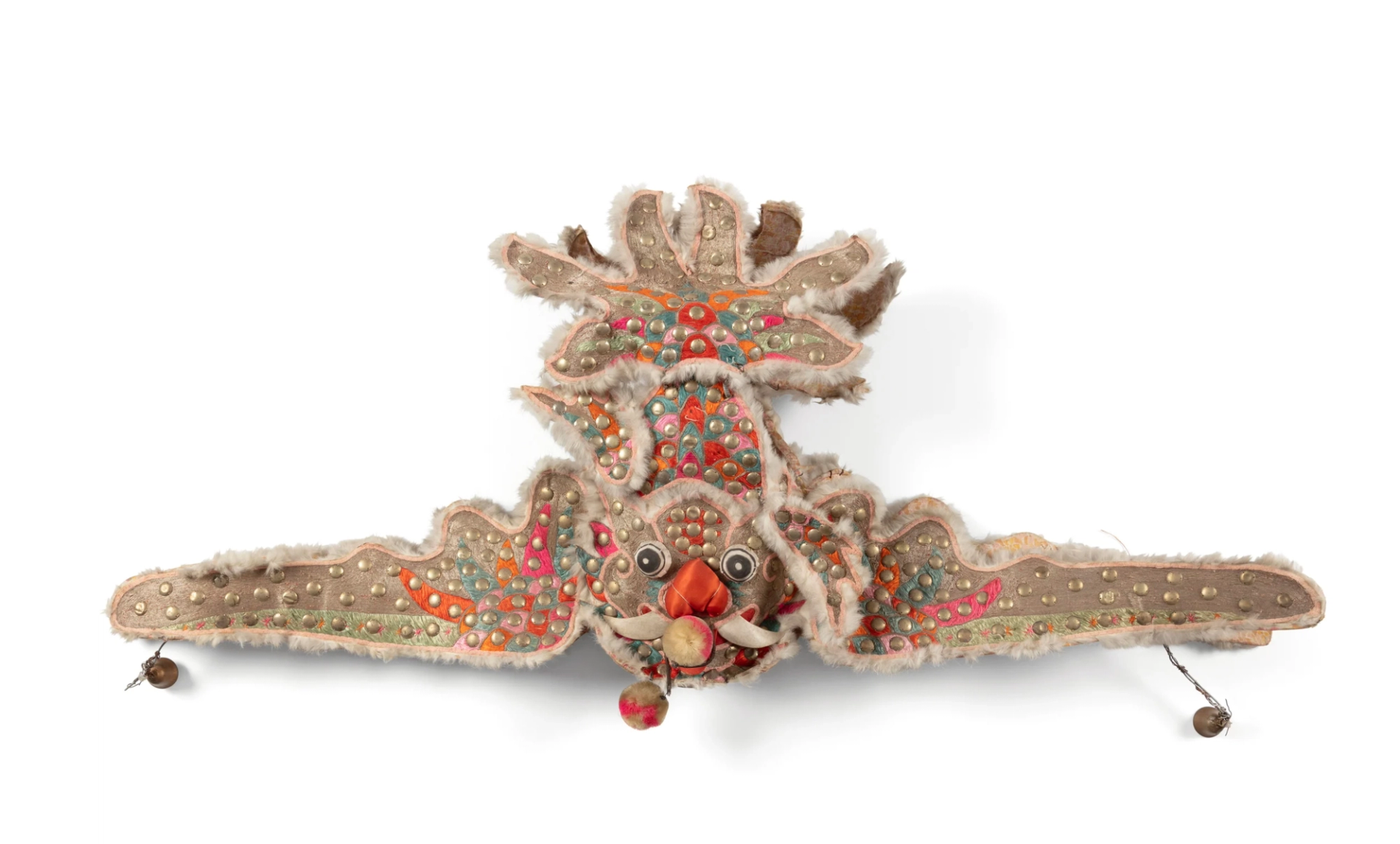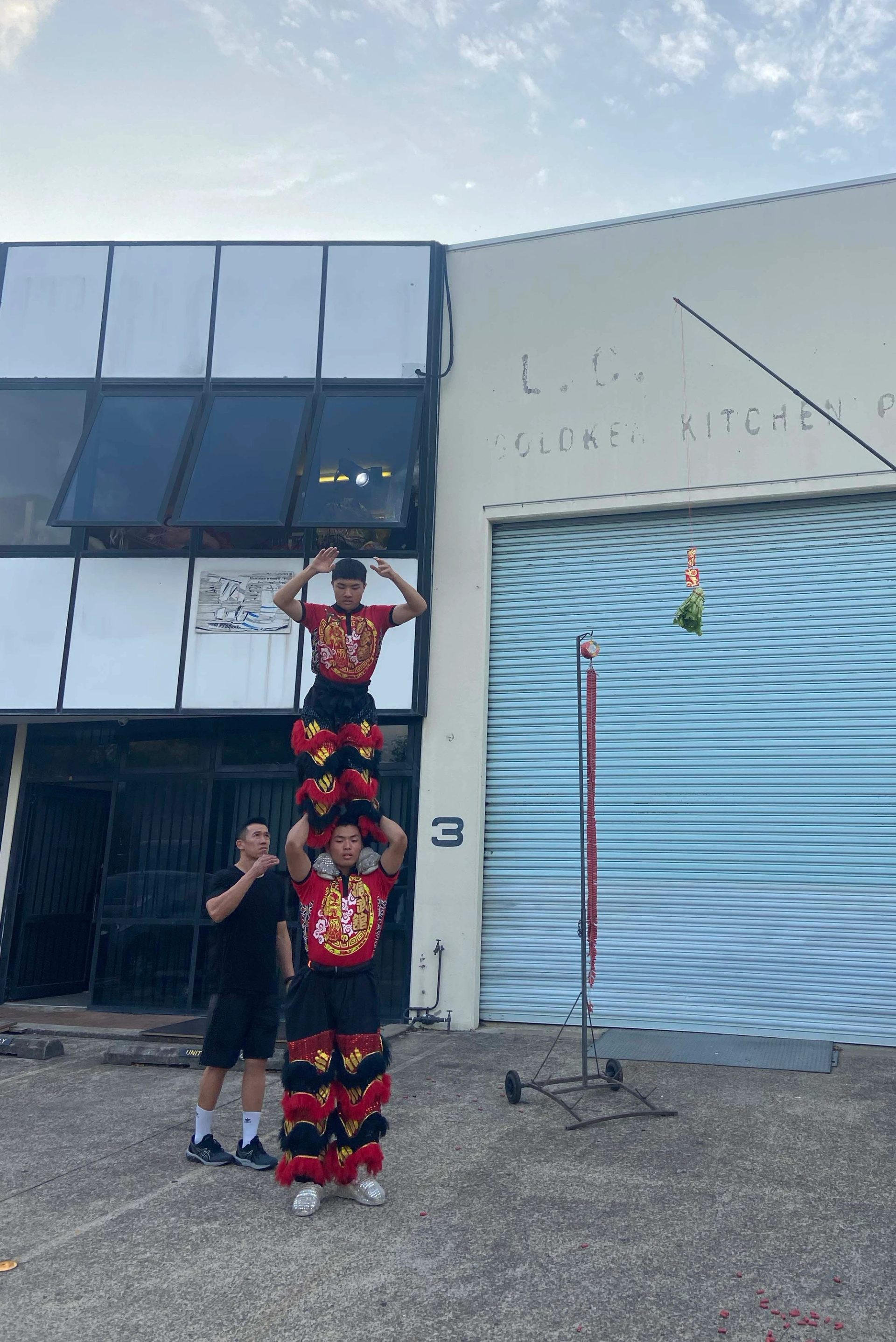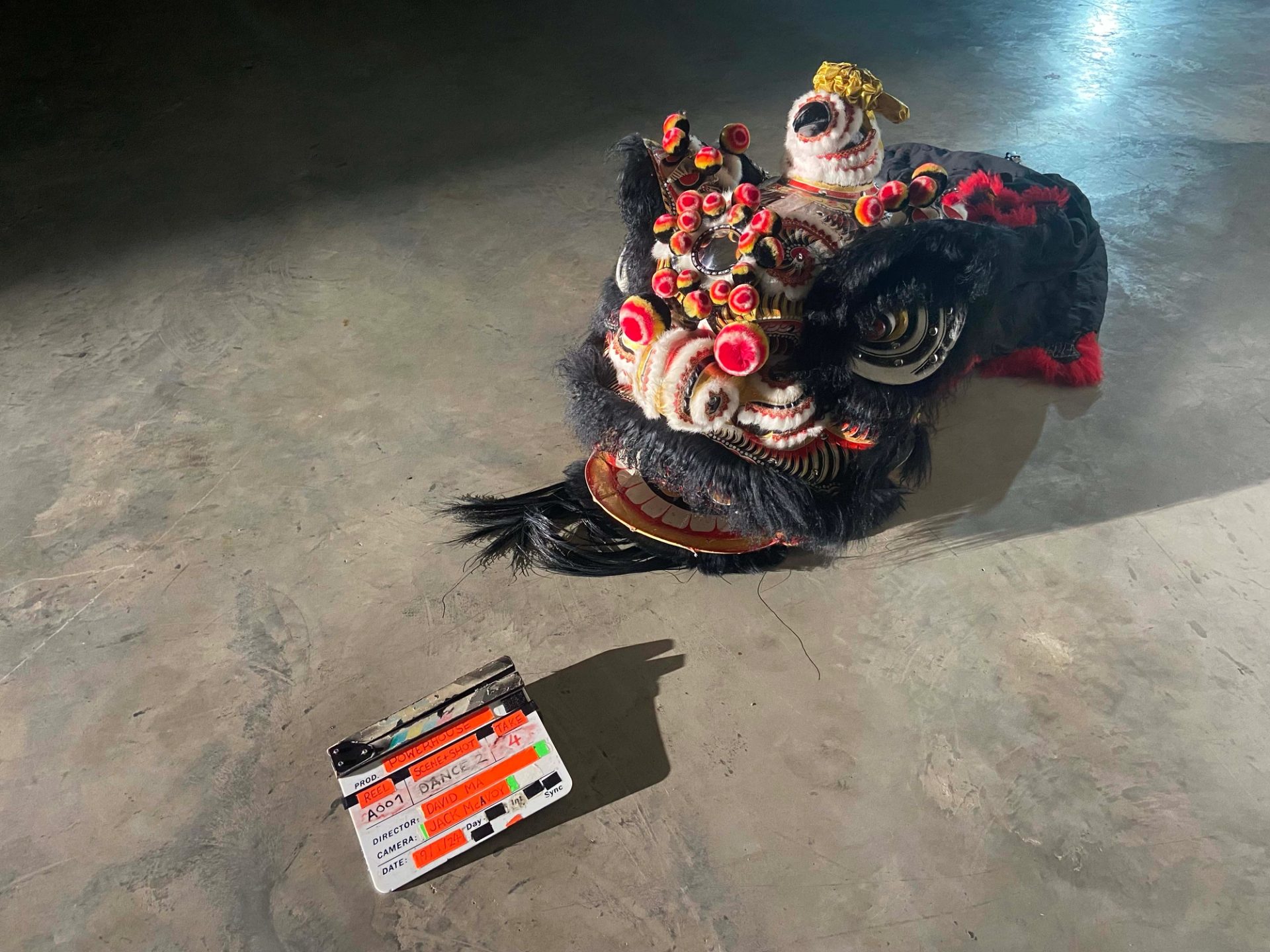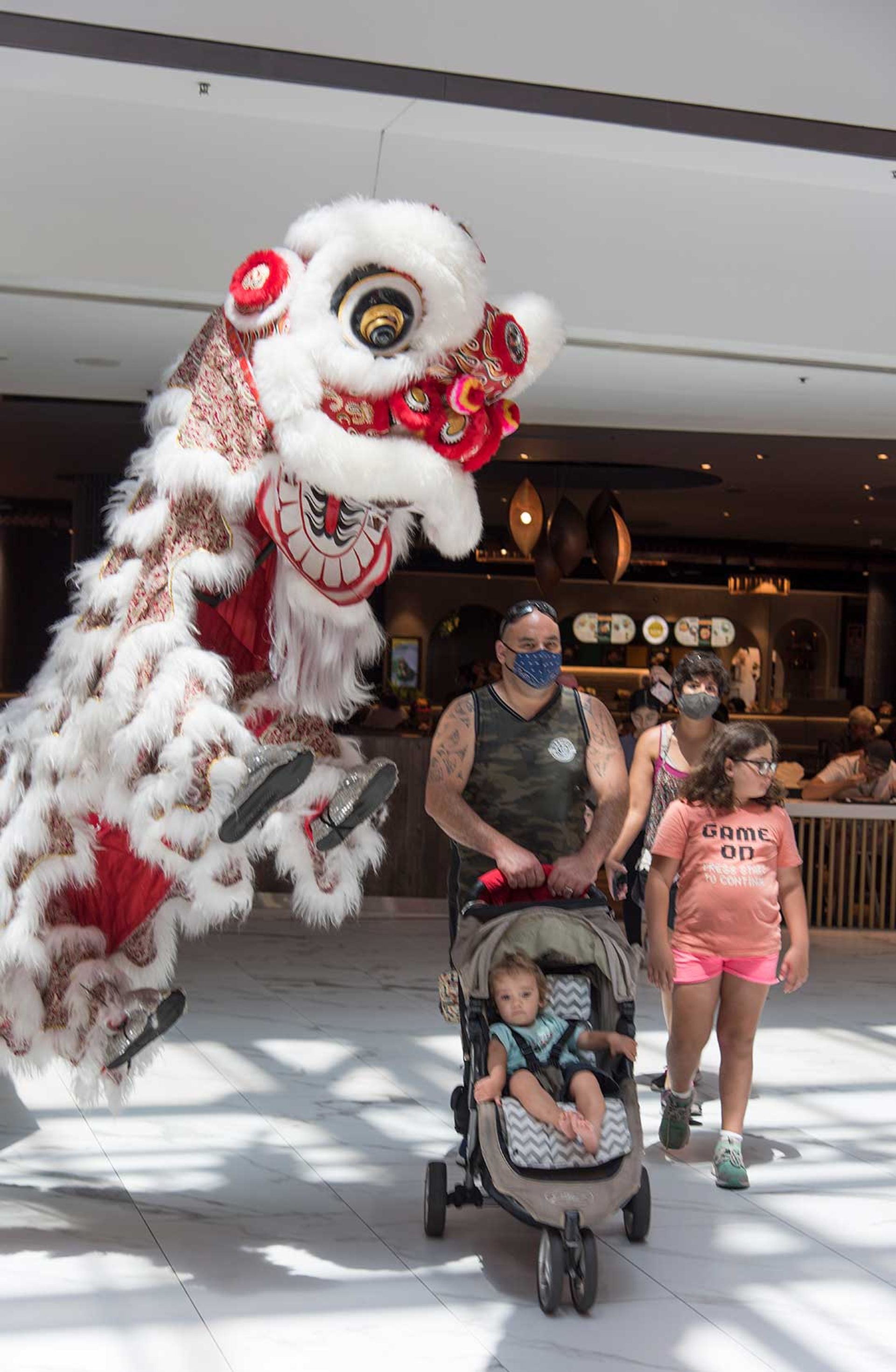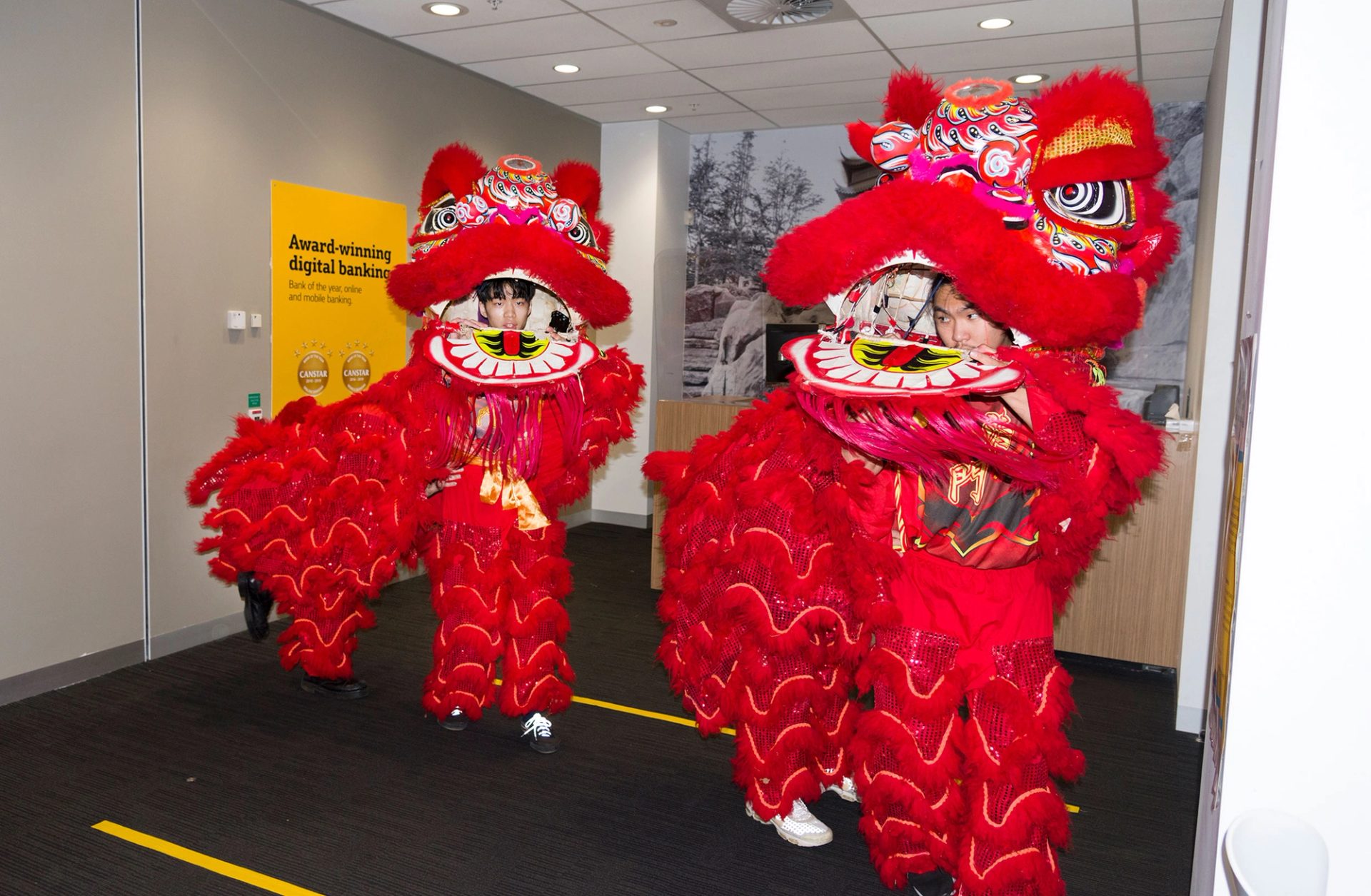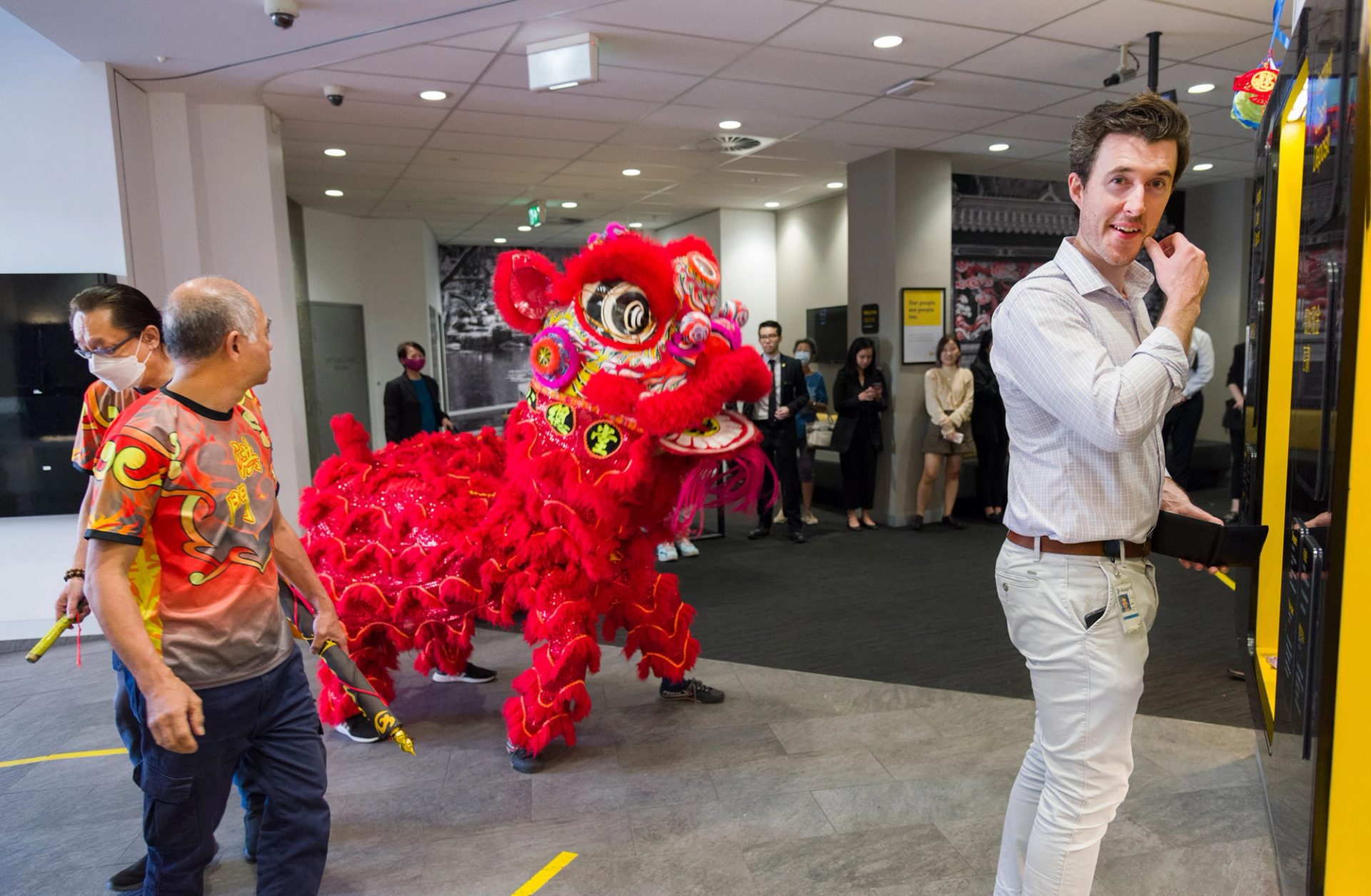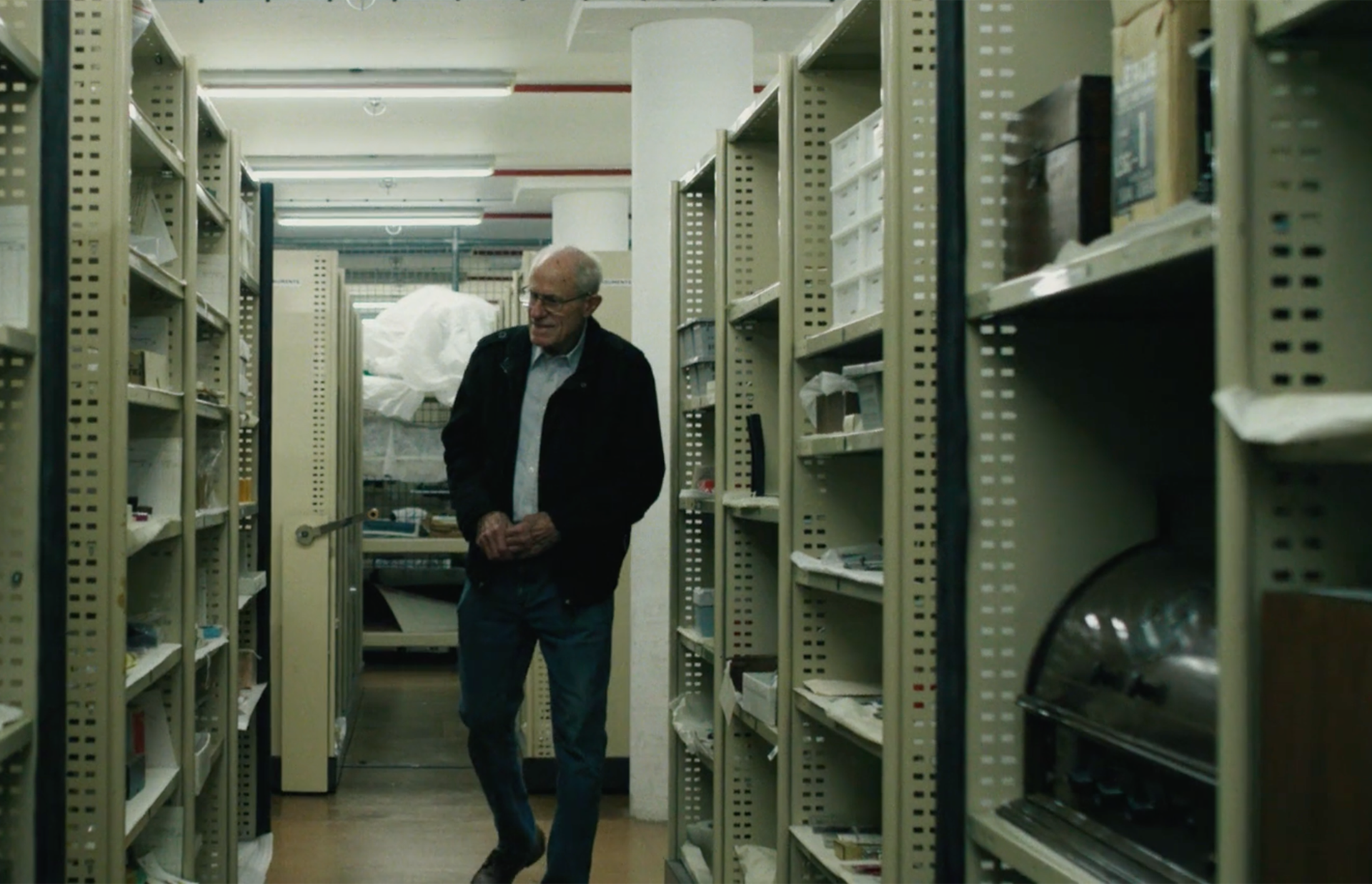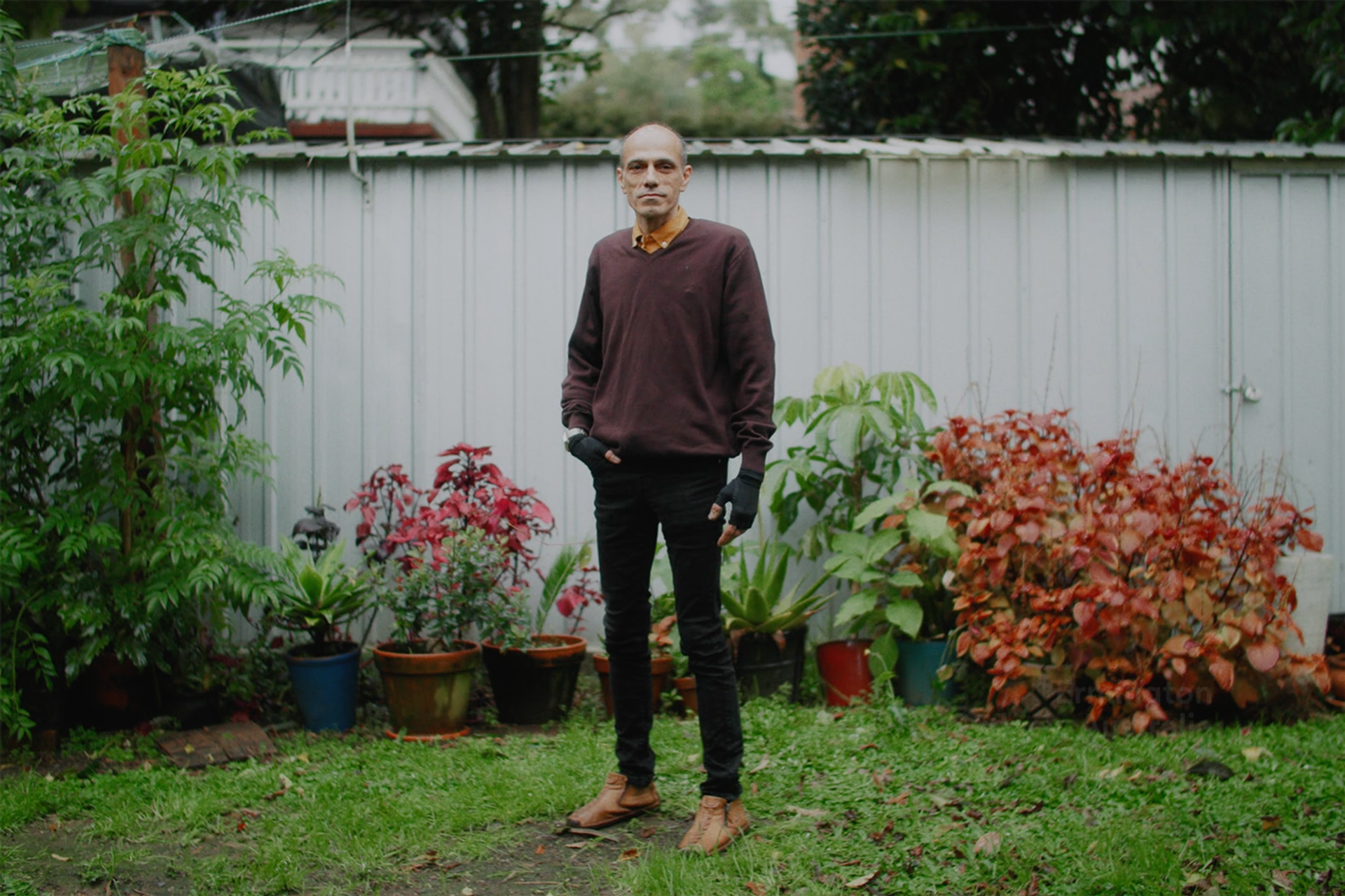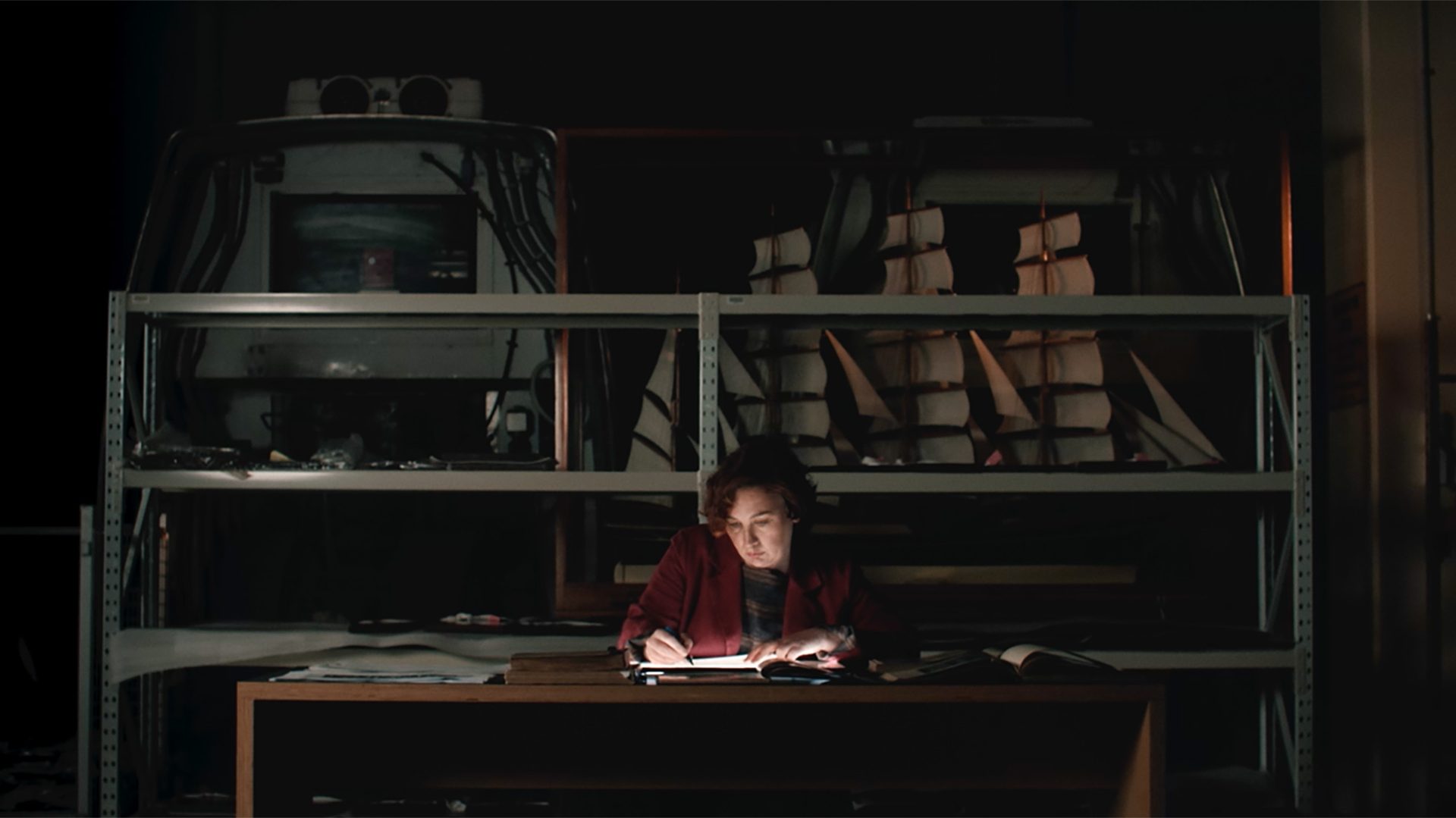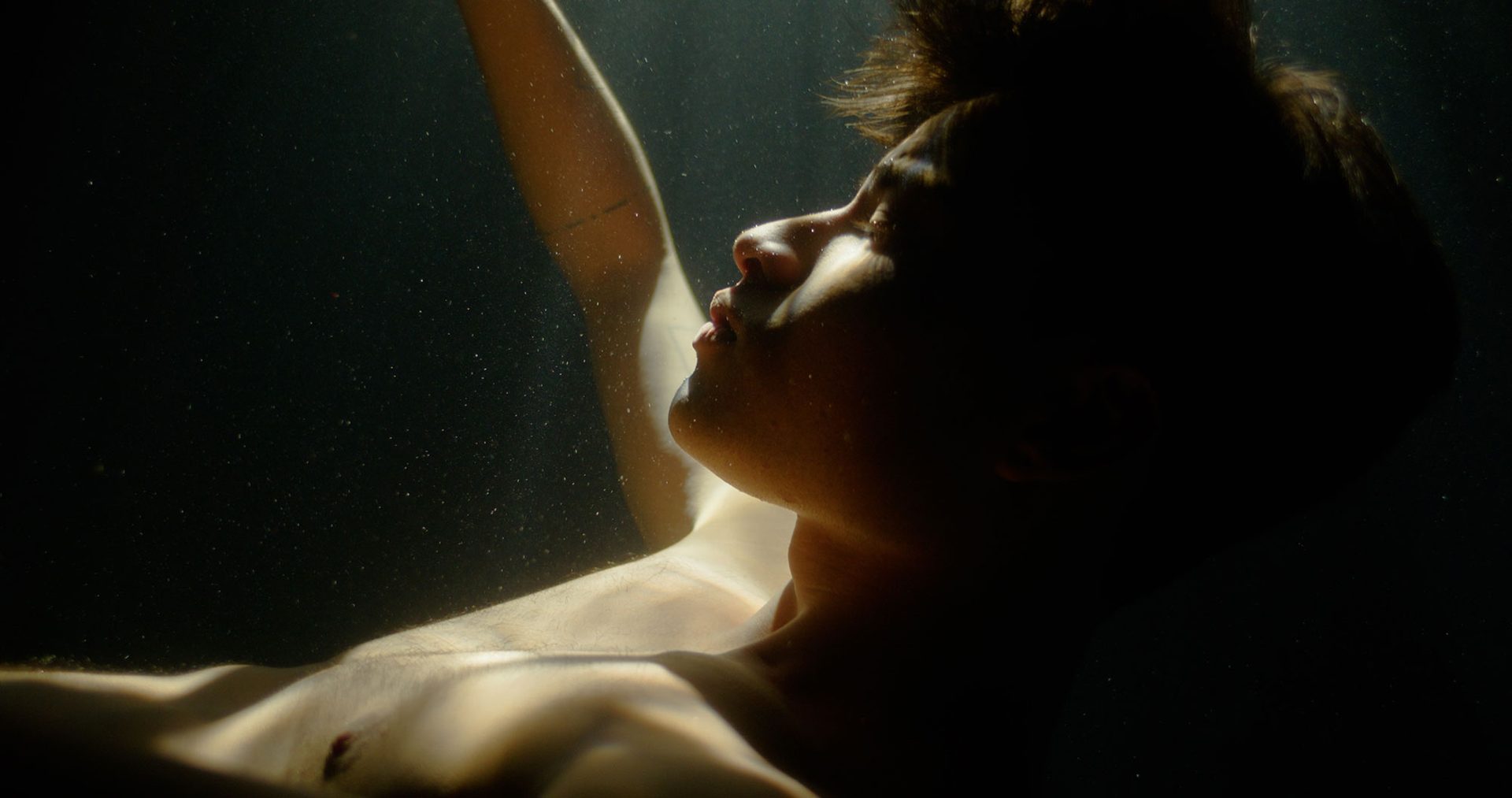To Become A Lion

What does it take to become a lion? You’ll need risk-taking Kung fu artistry, striking costume designs and dextrous choreography for starters. And a passion for storytelling. Though lion and dragon dances were traditionally performed to drive away evil spirits, these days they’re also brilliant catalysts for community connection.
Powerhouse Parramatta Commission: Lion and Dragon Costumes
Sydney-based lion dance troupe Jin Wu Koon has been commissioned by Powerhouse to co-create a bespoke collection of Chinese lion and dragon dance costumes – and perform in them during the Powerhouse Parramatta opening program.
After the performance they’ll be acquired into the Powerhouse Collection. The commission includes one large dragon, three traditional Fut San lions, two modern lions and a colossal lion head – the largest in the Southern Hemisphere.
Each costume will be co-designed with Jin Wu Koon and local artists to represent the community’s connection with ancient traditions and the evolution of cultures in contemporary Australia.
‘This collaboration with Powerhouse has given us the opportunity to create a symbiotic relationship that not only enhances the cultural landscape but also fosters artistic excellence and community engagement. Originally, our art served as a bridge between two different cultures and exchanges. We hope to showcase these through exhibitions and competitions as we continue to elevate the dynamic interplay between art, culture and sport. ’
Embodied Culture: Knowledge Through Motion
Lion and dragon dancing is a constantly evolving practice. Rooted in a cultural legacy going back at least 5000 years, its rhythmic expressions are innovated across generations and continents.
In lion dancing two individuals become one: the lion's expressive head guided by one dancer, its footwork and tail by another, creating a spectacle accompanied by the rhythmic pulse of drums representing the lion’s life pulse.
'The drum is the heartbeat of the lion. It brings energy, ferociousness and liveliness to the performance.'
Lions, as symbolic guardians, play pivotal roles in an array of life events. From eye-dotting ceremonies emblematic of bringing lions to life, to the cai qing ritual where lettuce is tossed from the lion’s mouth to spread good fortune. They embody the essence of protection, good luck and health.
Funeral lions adorned in muted colours move with solemnity, often bowing their heads. They have a brief but profound existence, created solely to perform a farewell dance just once and then set aflame to accompany the departed to the afterlife.
Lion Dance Objects in the Powerhouse Collection
The Powerhouse Collection contains objects encapsulating a chapter of the history of lion dancing in Australia, including a lion costume from the 1950s. The multicoloured lion was gifted in 2003 by the Yiu Ming Society, a community of Chinese migrants from Guangdong whose Australian roots extend back to the 1870s. Along with other artefacts, it serves as a bright reminder that Chinese cultural traditions have been celebrated in Australia for several centuries.
Communities such as the Yiu Ming Society have been instrumental in keeping the Southern Chinese Lion Dance alive in Sydney. Within Greater Sydney alone, more than a dozen groups each comprising around sixty members regularly perform the dance, acting as custodians of a profound cultural heritage.
The Jin Wu Koon Legacy
Jin Wu Koon is one of Australia’s oldest lion dance groups in Australia. It was founded in Sydney’s Chinatown in 1977 and the dancing troupe is nowadays led by Willis Koh at a gym hidden in an industrial compound in Chester Hill, Western Sydney.
The troupe honours ancient traditions and brings them to life in contemporary Australia. Dancers from the group gravitated towards the dance from as young as four years old after seeing it performed by older siblings and friends. Koh recalls the troupe’s initiation into the Lunar New Year festivities, when lions bless businesses and firecrackers echo through the city.
However, Jin Wu Koon's ambition and commitment to lion dancing extends beyond the usual blessings and celebrations. Nearly two decades ago, Willis Koh and Henry Lo introduced pole jumping to the troupe’s repertoire, an evolution of Southern Lion dancing where teams perform intricate choreography on a series of small circular platforms raised on poles, called jongs.
This innovation was introduced in Malaysia in the early 1980s and has been adopted by modern troupes throughout the Asian and Chinese diaspora. Pole routines are incredibly hard to master, requiring remarkable acrobatic skills, strength, stamina and resilience. The element of danger boosts excitement for audiences, but the risk for dancers is very real:
‘We were jumping over a big gap to a stretch move, and I managed to miss the plate’, recalls Koh. ‘I hit my chest and broke seven of my ribs and also the sternum. So that put me out for quite a few months.’
These modern lion dances have elevated the practice into the realms of Olympic Sport, driven growth of national federations and ensured troupes like Jin Wu Koon are in high demand.
It’s not just about jumping on poles, it's not just about collecting money, it's about spreading culture
While there are certainly long running rivalries between competing troupes, Koh is proud of how teams support each other, helping many second and third generation Australians connect with their Chinese heritage – and each other:
‘We can't just have a competition and win first, second and third. We need to show other teams how to compete. We all help each other – all the lion dance teams – even if the clubs don't make money, we support each other.’
Jin Wu Koon has represented Australia in various competitions across the globe, including in China, Hong Kong, Malaysia and Singapore. In 2016 the troupe was crowned ‘Western Lion King’ at the Genting World Lion Dance Championships.
‘In Australia we’ve been able to progress lion dance’, says Koh. ‘We've danced with Lebanese drummers and had collaborations with break dancers – we have been able to innovate and push the limits of what lion dancing can be.’
The Film
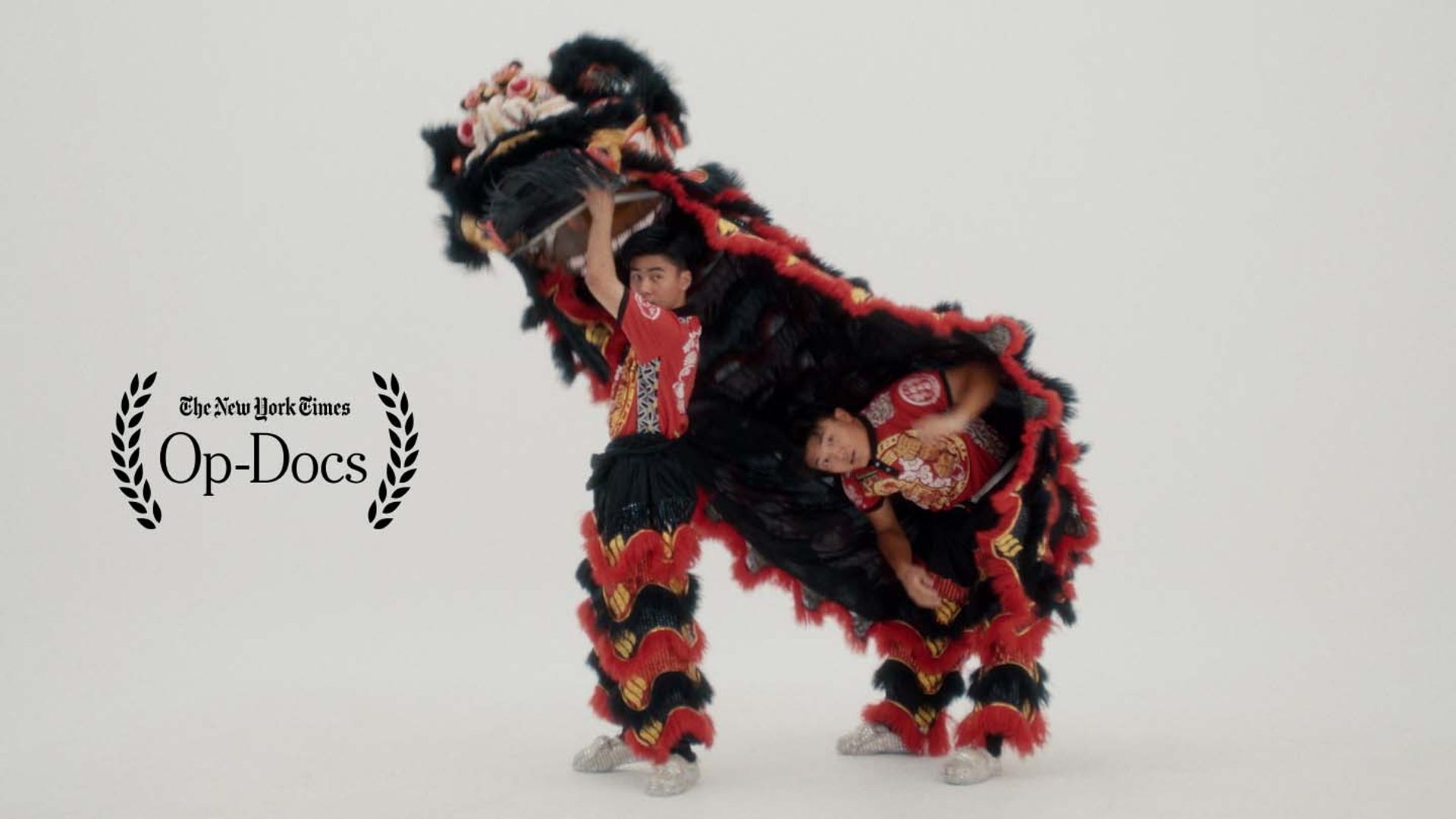
Watch on New York Times
Watch FilmJin Wu Koon lion dance performers and instructors feature in a short film directed by Australian Chinese filmmaker David Ma. It celebrates the evolution of one of the oldest lion dance groups in Sydney and shares insights into the cultural significance of the artform.
To Become a Lion was released in partnership with New York Times OpDoc.
Director's Statement
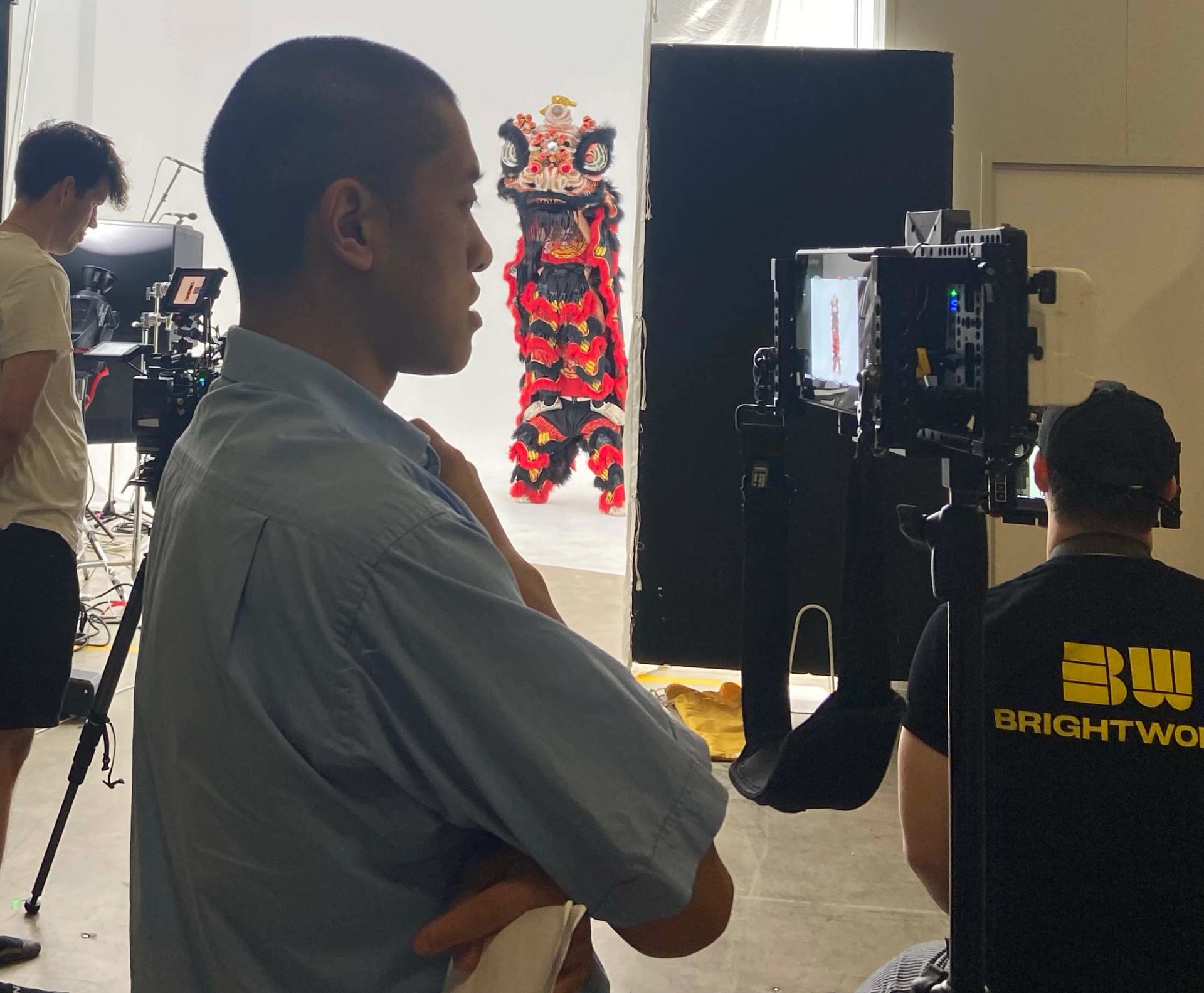
‘I was born in Sydney, Australia, as the only child of parents who immigrated from China with little financial security or knowledge of English. I spent most of my childhood in Sydney’s Chinatown, by my mother’s side during school holidays as she worked the checkout at a Chinese supermarket.
As a child I was mystified by the magnificent lions that would appear, as if from nowhere, on the streets of Chinatown and the Sydney suburbs. I would watch with awe as they performed elaborate dances during cultural events.
My work as a filmmaker is dedicated to Australian immigrant communities like the one I grew up in. When I was commissioned by the Powerhouse Museum to direct this short documentary, I discovered that almost every Asian person I spoke to has a friend or a family member in the lion dancing community.
The commitment of lion dancers to their craft is astounding, and I want to draw attention to the people inside the performance, people who dedicate a significant part of their lives to this tradition.’
About
David Ma is a Chinese-Australian filmmaker based in Sydney. His short film The Dancing Girl and The Balloon Man was awarded the Best Live Action Short Film Award at Sydney Film Festival 2023. It went on to receive an Australian Directors Guild nomination for Best Direction in a Short Film. David’s documentary work has received Walkey and Young Walkley nominations. He is a co-founder of the film collective Floating Leaf Pictures.











